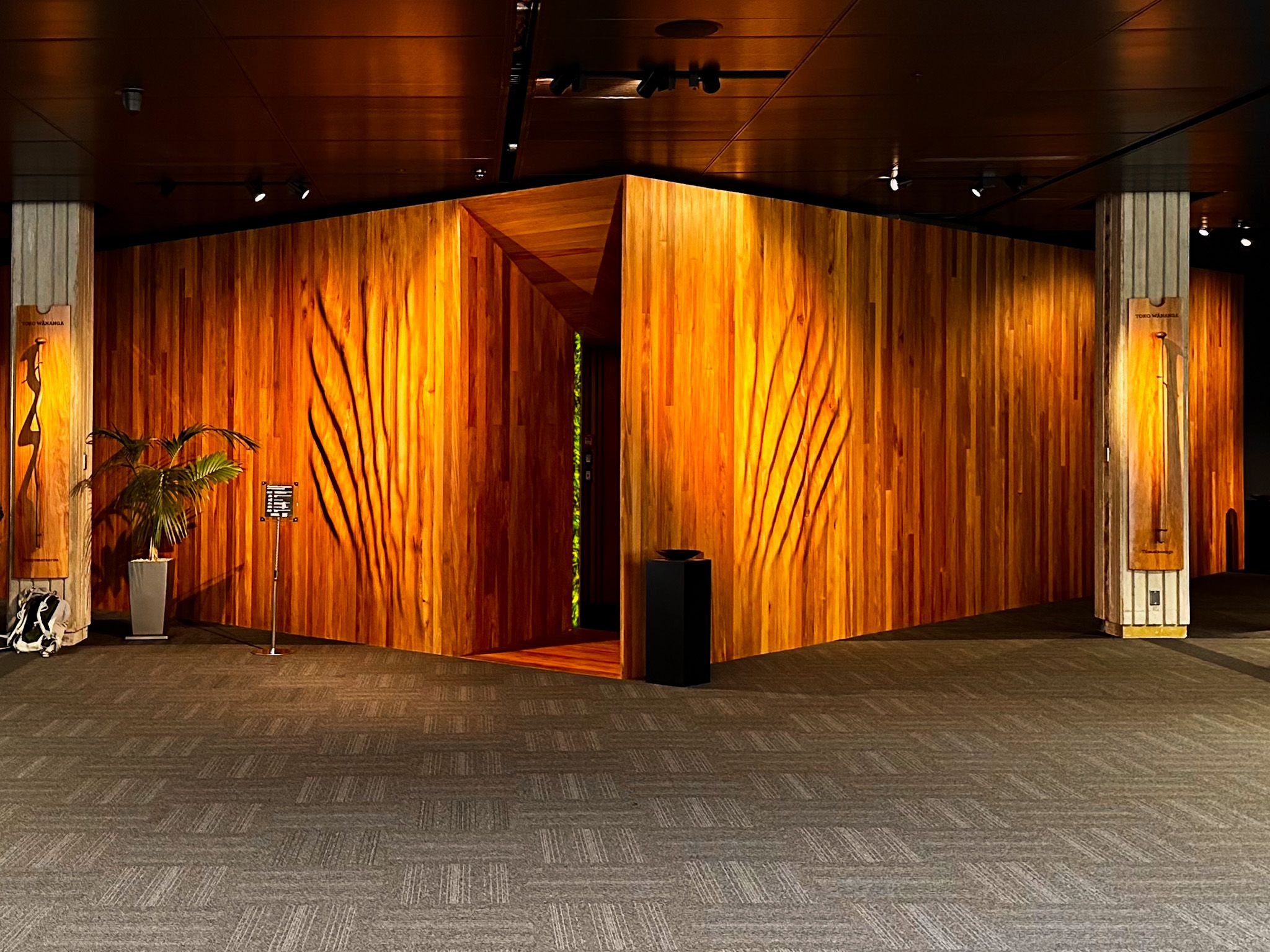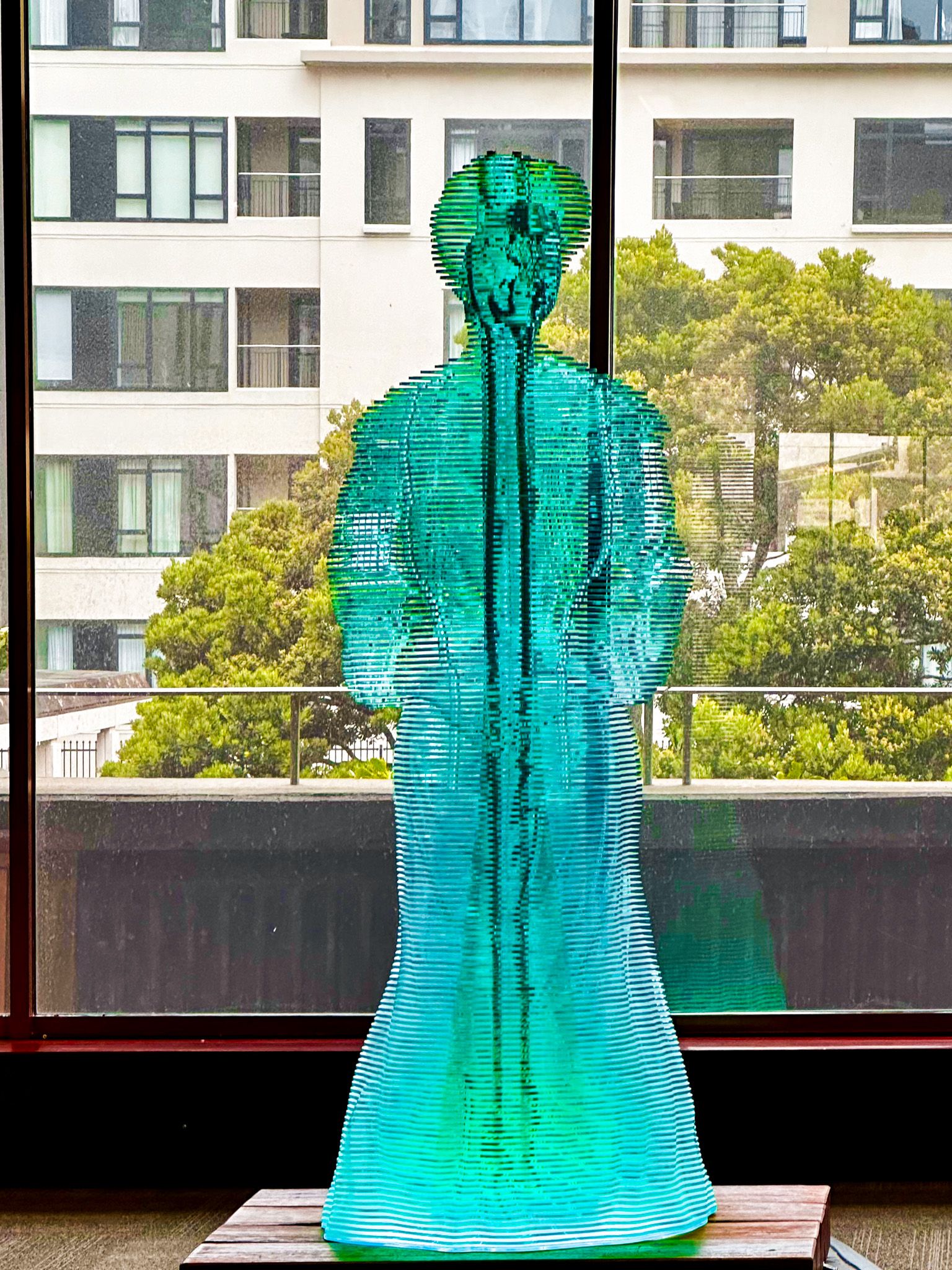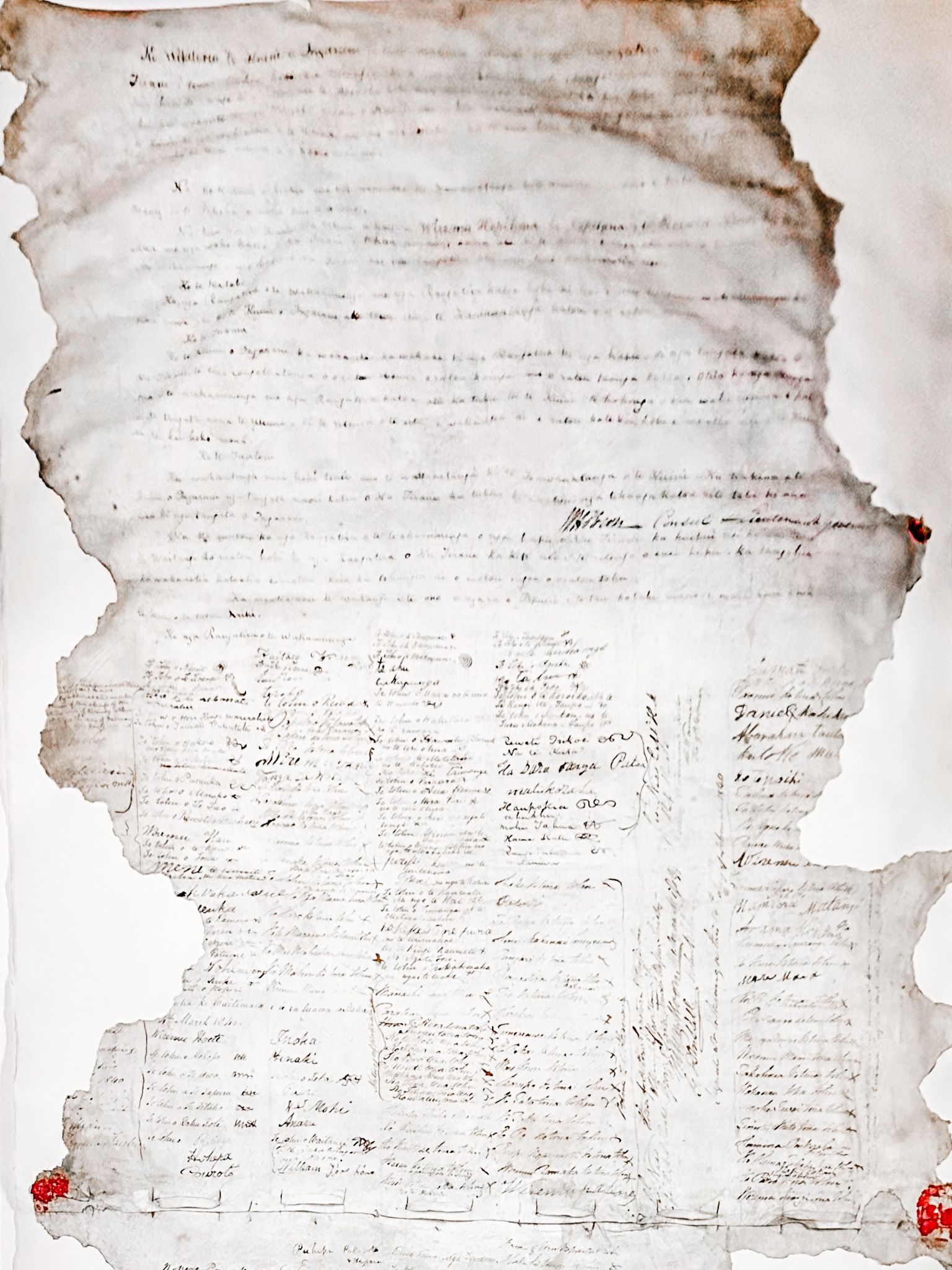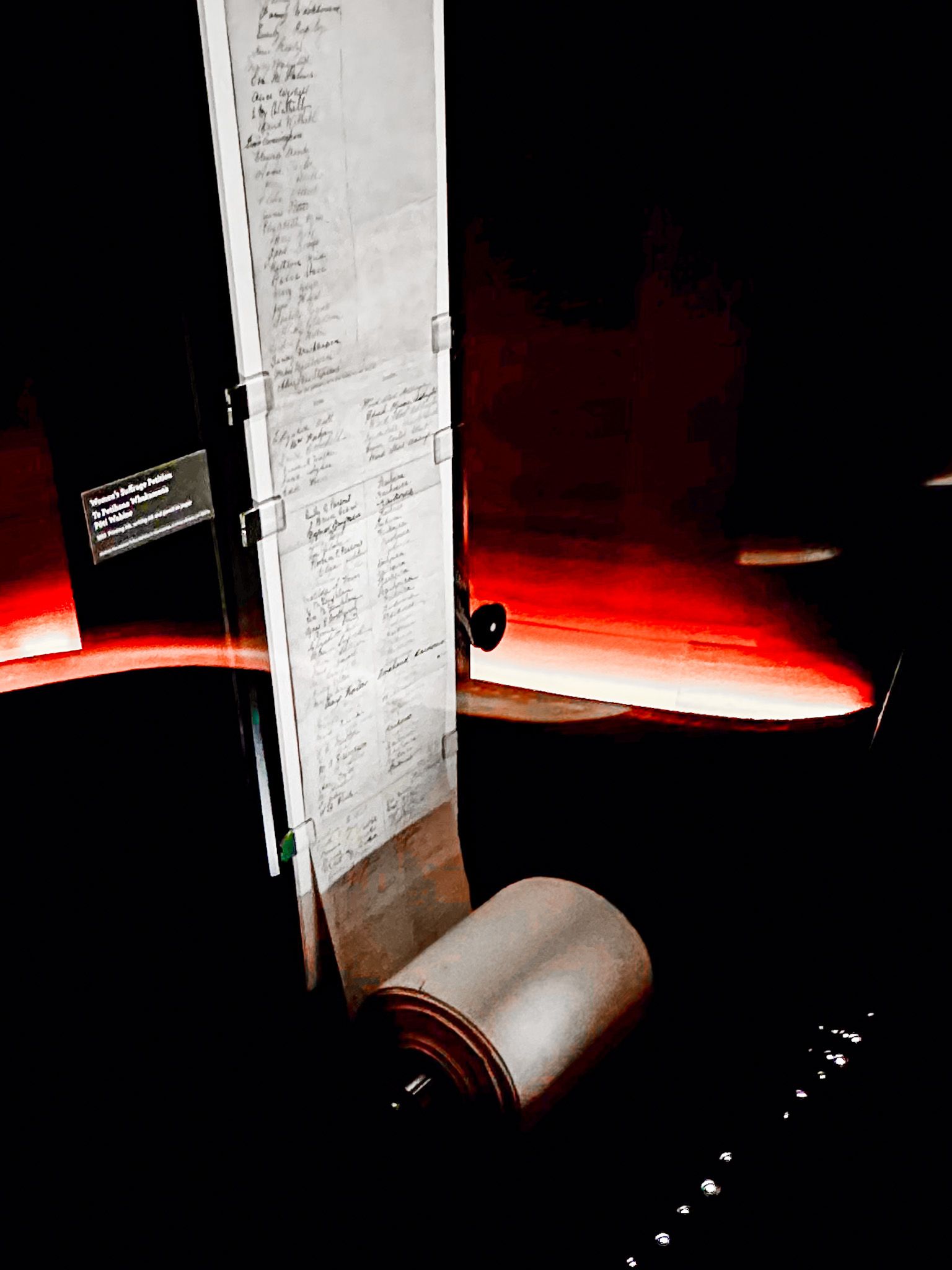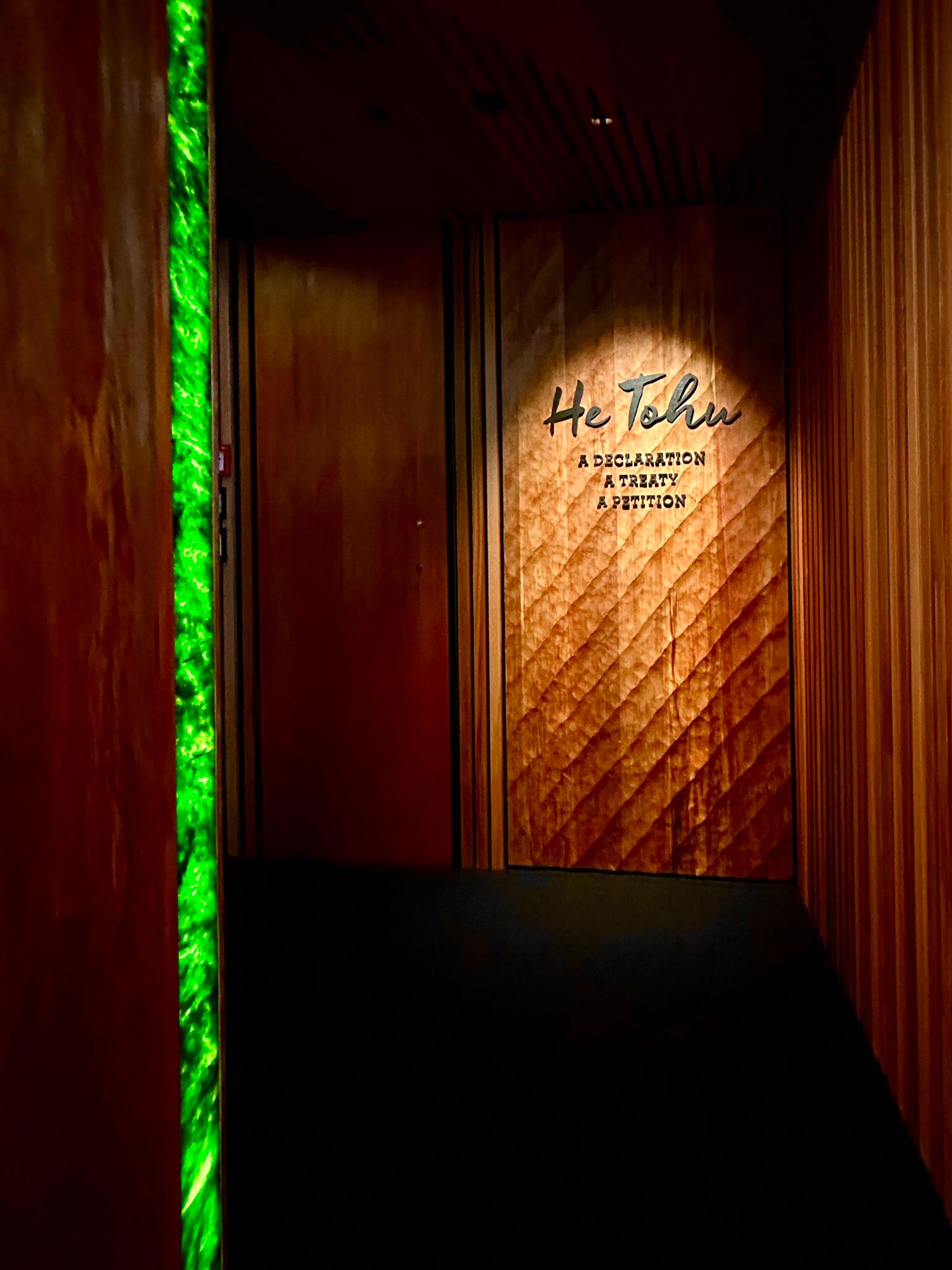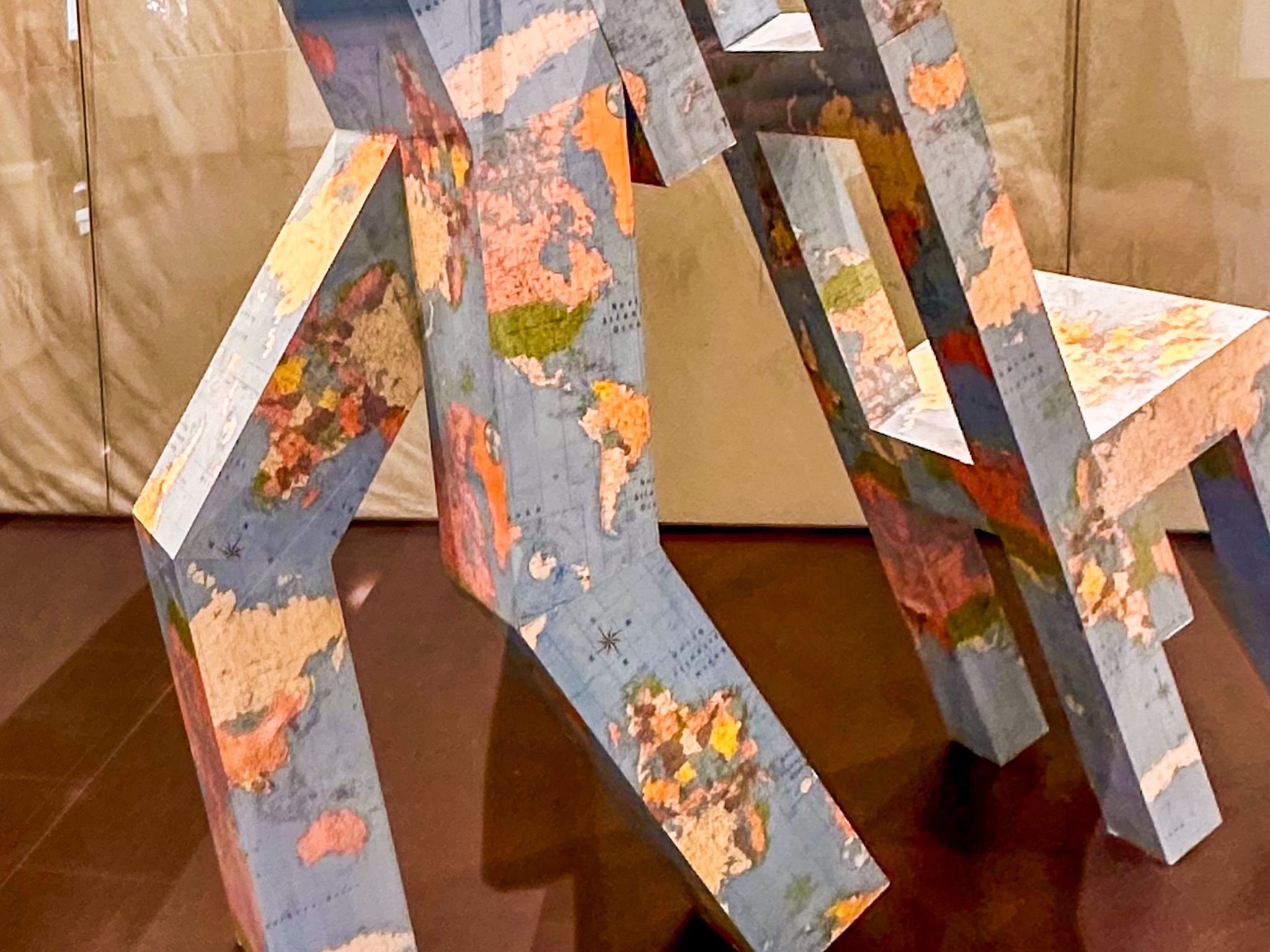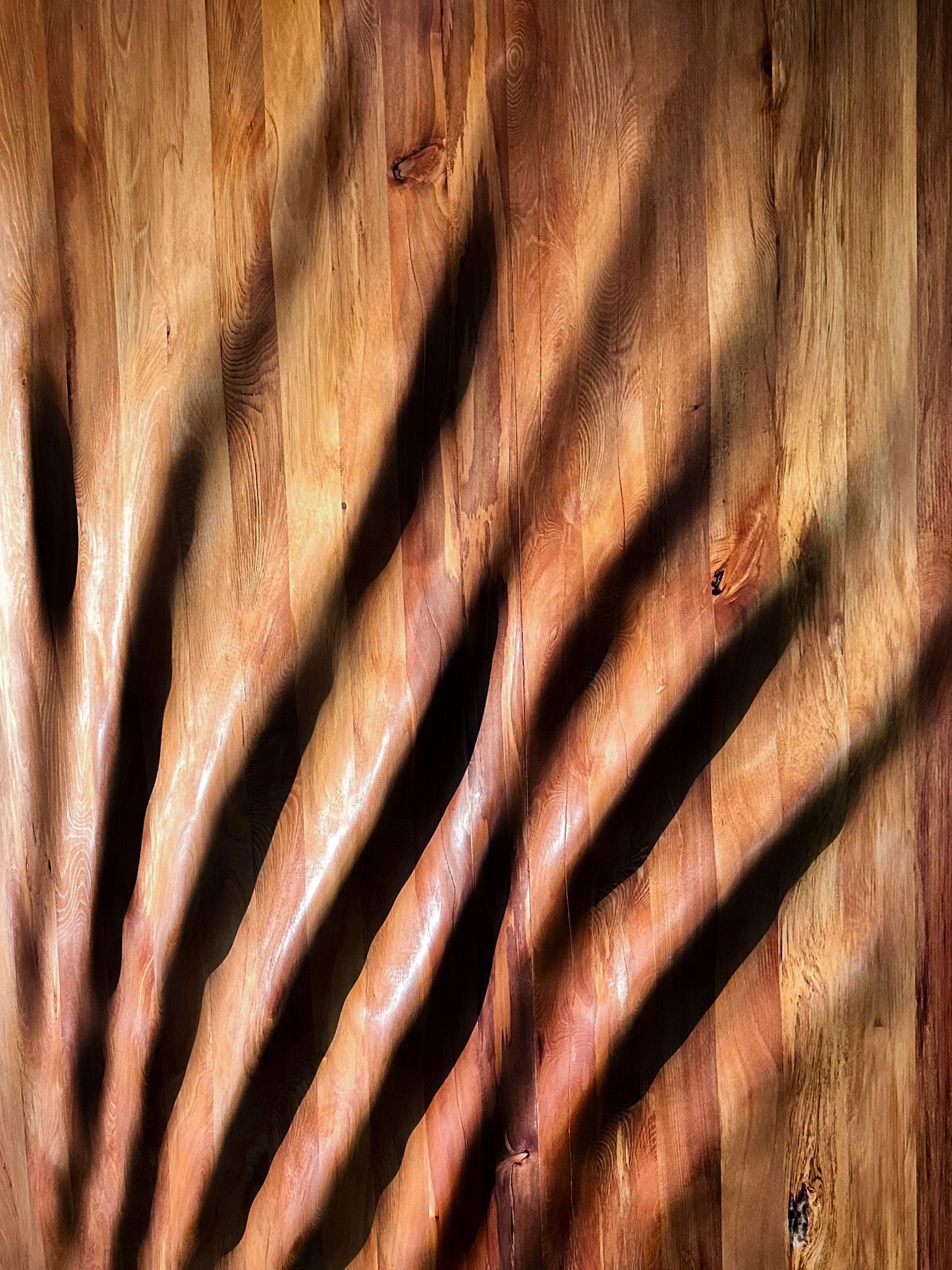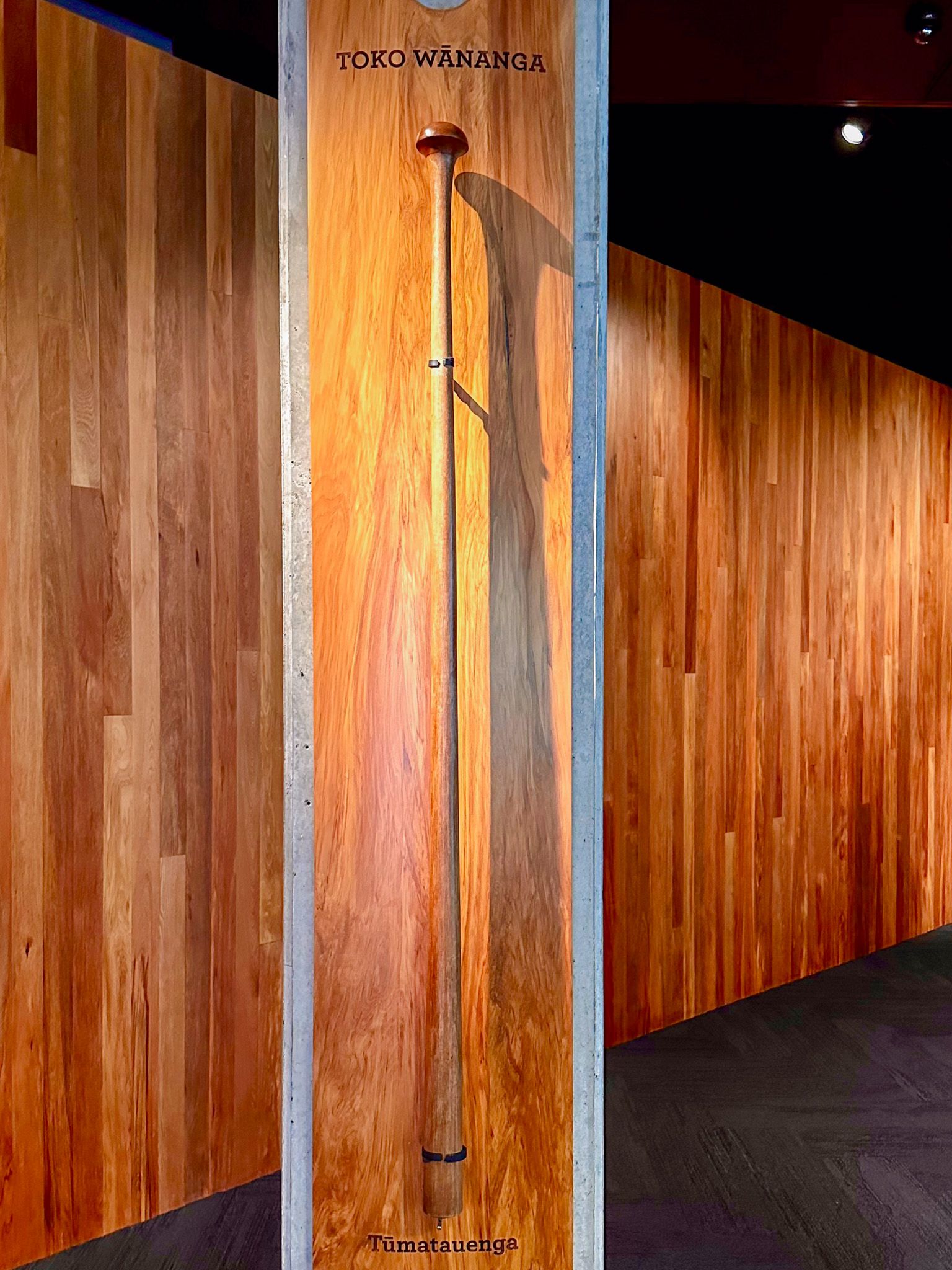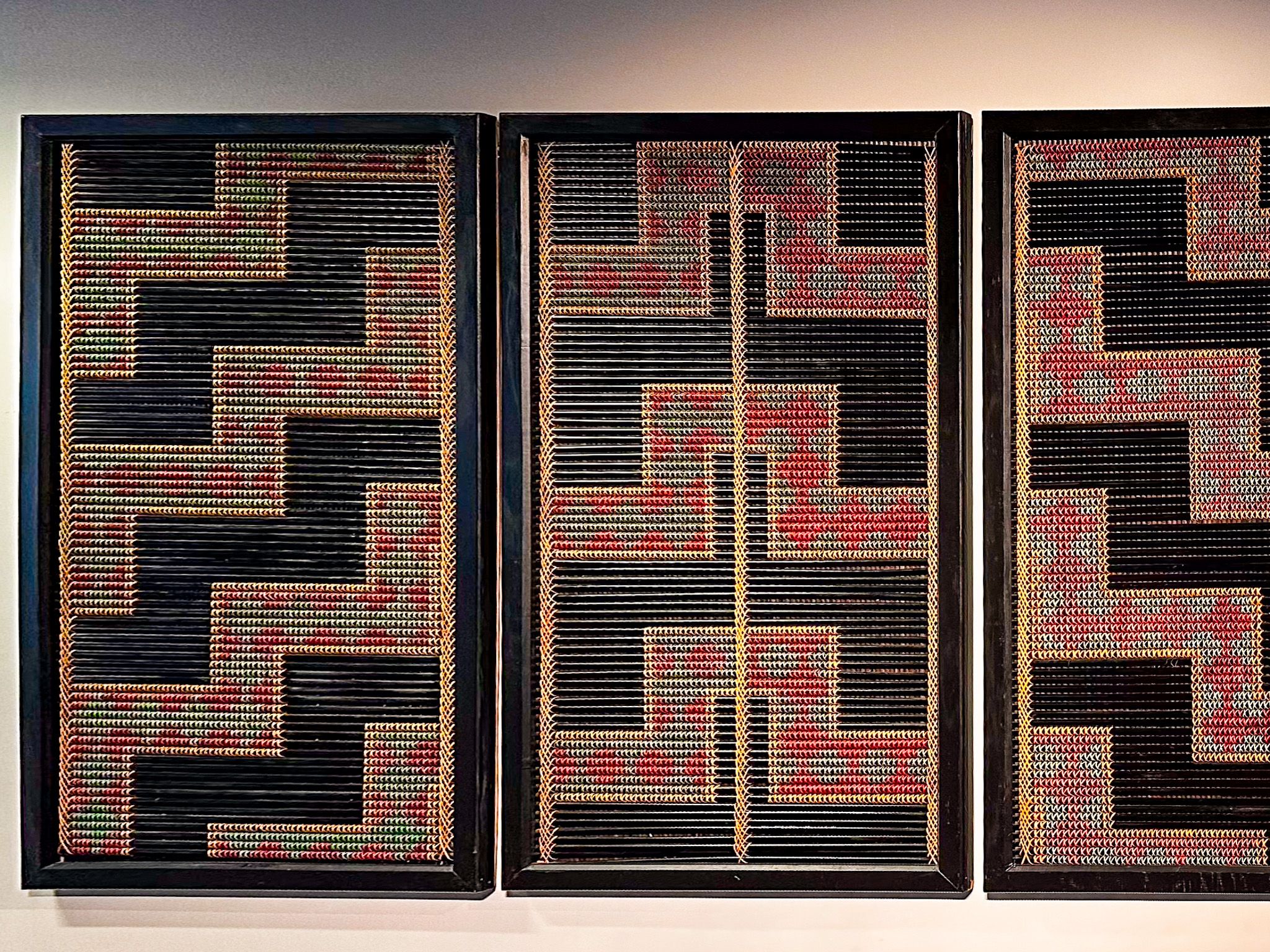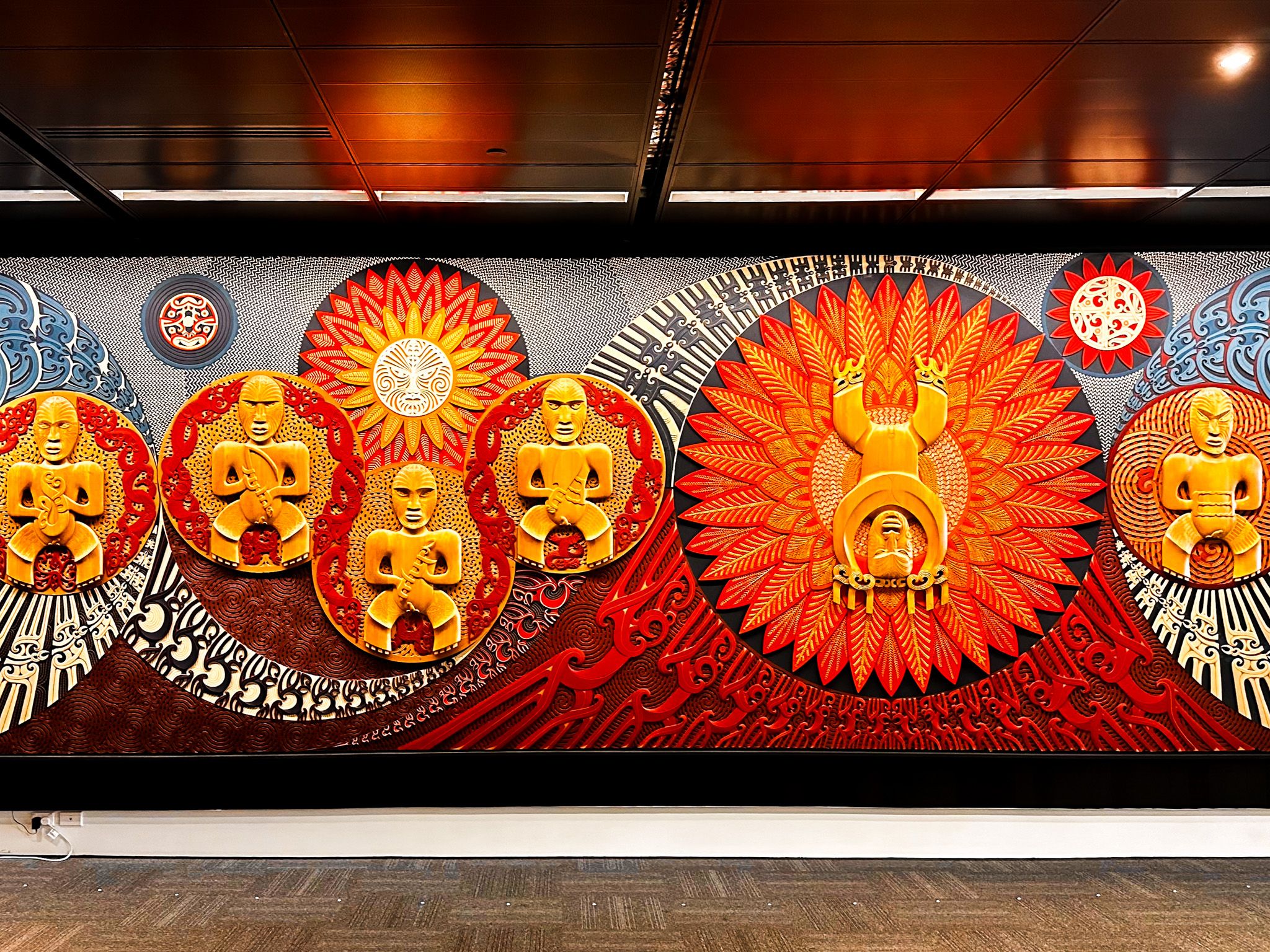Discover He Tohu
Situated in the National Library on Molesworth Street, Central Wellington, He Tohu is a must-visit exhibition for those interested in New Zealand's constitutional history. This exhibition features three crucial documents: the Treaty of Waitangi / Tiriti o Waitangi, the Declaration of Independence / He Whakaputanga of 1835, and a Women's Suffrage Petition from the early 1890s. The name He Tohu, meaning "the signs," underscores the significance of the signatures and marks that brought these documents to life.
Exploring the Exhibition
As you enter the National Library, you'll find a spacious foyer leading to the He Tohu he exhibition. This exhibition is housed in a small, environmentally controlled room at the back, adorned with beautifully crafted wood panelling. If you have family in New Zealand dating back to the 1800s, you might even discover if an ancestor signed the suffrage petition.
The Women's Suffrage Petition
The suffragette petitions were a prominent feature of New Zealand's political landscape in the early 1890s. The 1893 petition, described by suffragette leader Kate Sheppard as "a monster," is particularly significant. It contains around 20,000 signatures, with additional smaller petitions bringing the total to nearly 32,000, representing about 25% of the women in New Zealand at that time.
During this period, New Zealand had a bicameral parliament. While women's right to vote passed easily in the lower house, it faced more contention in the upper house. Then Prime Minister Richard Seddon attempted to sway a no vote, but this backfired, leading to a narrow victory for women's suffrage. New Zealand became the first country in the world to grant women the right to vote, with 65% of women participating in the 1893 election.
Art and Architecture at the National Library
After exploring He Tohu, take a moment to appreciate the other artworks in the foyer. One notable piece is a large wall panel depicting the Māori myth of Ranginui's separation from Papatūānuku, symbolising the dawn of light and knowledge.
The National Library, established in 1965 by merging several official library services, is housed in a Brutalist-style building completed in 1987. Its sloping block facade is reminiscent of Boston City Hall and Birmingham Central Library. Located near the centre of the Government Precinct, the library is opposite the cathedral.
How to Get There
The library is centrally located within the Government Precinct on Molesworth Street. It is easily accessible by public transport or on foot from the central rail station.
While in Central Wellington, you can also explore other cultural and historical sites such as Katherine Mansfield House, the Botanic Gardens, Te Papa, and the National War Memorial.
